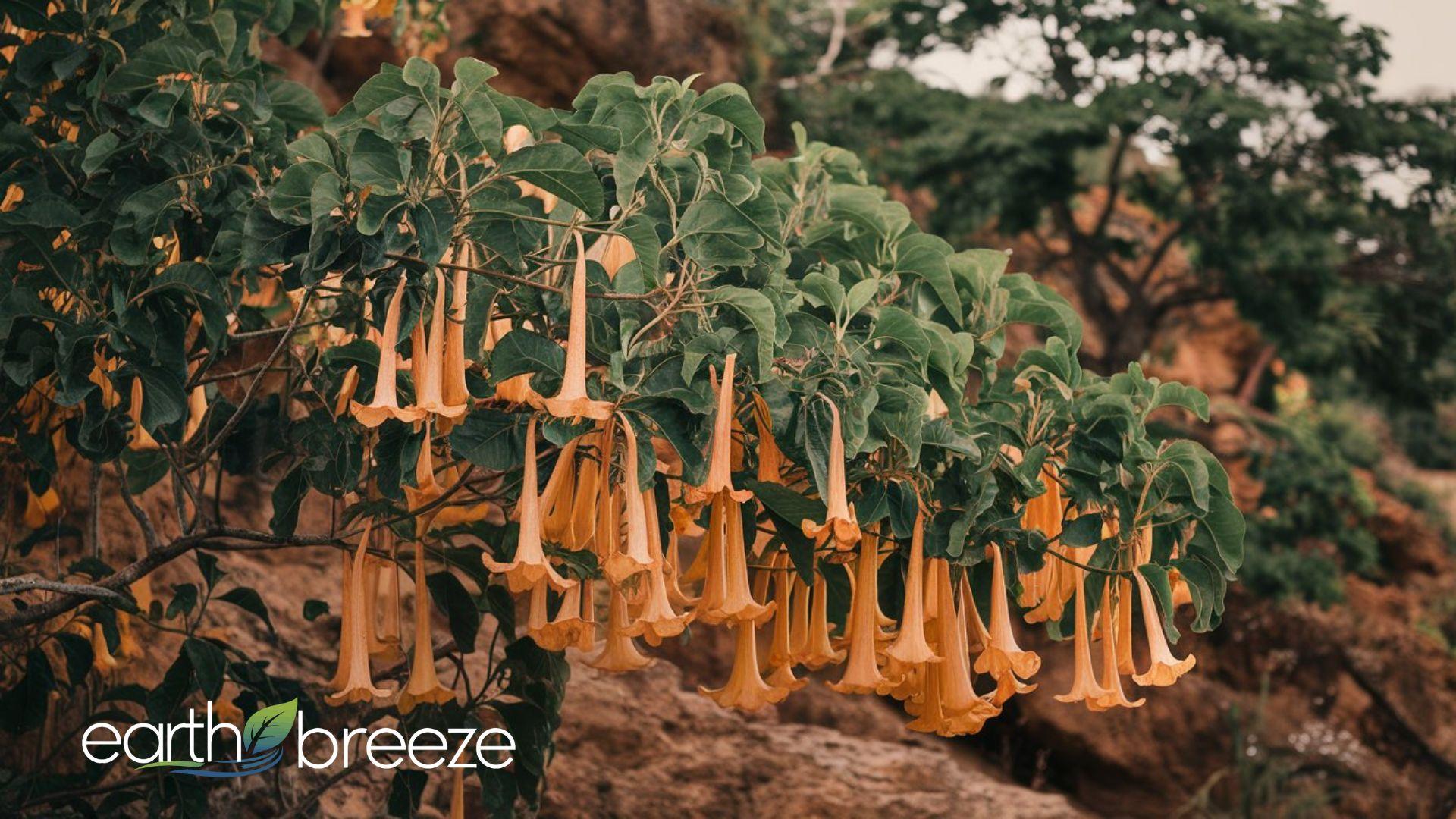The trumpet tree, known for its vibrant blossoms and iconic shape, is a remarkable species that thrives in various climates and regions. Revered for its ornamental value, ecological importance, and even medicinal properties, the trumpet tree has a rich history intertwined with nature and human culture. In this article, we explore the features, uses, and fascinating facts about this resilient tree.
1. What is the Trumpet Tree?
The term “trumpet tree” commonly refers to several species of trees with trumpet-shaped flowers. Some of the most popular trumpet trees include:
- Tabebuia species: Found in tropical and subtropical regions, these trees produce stunning pink, yellow, or white blossoms. Common species include Tabebuia rosea (pink trumpet tree) and Tabebuia aurea (yellow trumpet tree).
- Cecropia species: Native to Central and South America, Cecropia is sometimes referred to as a trumpet tree due to its hollow stems and large, umbrella-like leaves.
- Angel’s Trumpet (Brugmansia): While technically a shrub, it is often grouped under trumpet trees because of its large, pendulous, trumpet-shaped flowers.
These trees are beloved for their ability to brighten landscapes and their remarkable adaptations to thrive in various environments.
2. Physical Characteristics of the Trumpet Tree
a. Flowers
- Trumpet trees are famous for their showy, trumpet-shaped flowers.
- The blooms come in a variety of vibrant colors, including pink, yellow, white, and even purple, depending on the species.
- These flowers attract pollinators like bees, butterflies, and hummingbirds, making them an important part of local ecosystems.
b. Leaves
- Most trumpet trees feature broad, lobed leaves, often arranged in a symmetrical or star-shaped pattern.
- Cecropia species, for example, have large, umbrella-like leaves that are often home to ants, forming a symbiotic relationship.
c. Height and Growth
- Trumpet trees can grow anywhere from 10 to 80 feet tall, depending on the species and environment.
- They are fast-growing, making them an excellent choice for reforestation and landscaping projects.
3. Ecological Importance of Trumpet Trees
Trumpet trees play a vital role in their ecosystems:
- Pollinator Support: The bright flowers are a source of nectar for bees, butterflies, and birds, helping maintain biodiversity.
- Shade and Soil Protection: The canopy provides shade and prevents soil erosion in tropical regions.
- Wildlife Habitat: Cecropia trees, in particular, are home to ants and serve as a food source for animals like sloths and birds.
- Carbon Sequestration: As fast-growing trees, they absorb significant amounts of carbon dioxide, contributing to climate change mitigation.
4. Medicinal and Cultural Uses
For centuries, people have used trumpet trees in traditional medicine and cultural practices.
a. Medicinal Benefits
- Tabebuia (Lapacho) Tea: The inner bark of some Tabebuia species is used to brew lapacho tea, which is believed to have anti-inflammatory, antifungal, and antibacterial properties.
- Cecropia Extracts: In South America, Cecropia leaves are used in traditional medicine to treat respiratory conditions, diabetes, and high blood pressure.
b. Cultural Significance
- In many cultures, the trumpet tree symbolizes renewal and beauty due to its striking blooms, which often appear after long dry spells.
- Some communities plant trumpet trees for shade, timber, or ceremonial purposes.
5. Growing and Caring for Trumpet Trees
Trumpet trees are relatively easy to grow and maintain, making them a popular choice for gardens and urban landscapes. Here’s how to care for them:
a. Planting Tips
- Sunlight: Trumpet trees thrive in full sunlight but can tolerate partial shade.
- Soil: They prefer well-drained soil, though they can adapt to a variety of soil types.
- Watering: Regular watering is essential for young trees, but mature trees are drought-tolerant.
b. Pruning and Maintenance
- Prune trumpet trees annually to maintain their shape and encourage healthy growth.
- Remove dead or damaged branches to promote flowering.
c. Pest and Disease Resistance
- Trumpet trees are hardy but may occasionally face pests like aphids or caterpillars. Use eco-friendly pest control methods to protect the tree and surrounding wildlife.
6. Popular Trumpet Tree Species Around the World
Here are some of the most well-known species of trumpet trees:
- Tabebuia rosea (Pink Trumpet Tree): Native to Central and South America, its stunning pink flowers make it a favorite in tropical landscapes.
- Tabebuia aurea (Yellow Trumpet Tree): Known for its bright yellow blooms, it is a common sight in dry regions of the Americas.
- Cecropia peltata: Known as the “trumpet tree” in parts of the Caribbean, it plays a critical role in rainforest ecology.
- Brugmansia (Angel’s Trumpet): Valued for its large, fragrant flowers, it is often grown as an ornamental shrub.
7. The Trumpet Tree in Myth and Legend
Trumpet trees are associated with spiritual or mystical beliefs. For example:
- The striking blooms are often seen as a symbol of transformation and renewal.
- Some indigenous groups in South America regard the tree as sacred due to its medicinal properties.
8. Why the Trumpet Tree Deserves Our Attention
The trumpet tree is more than just a beautiful addition to the landscape—it’s a symbol of resilience and ecological harmony. Its vibrant flowers bring life to barren areas, while its medicinal and environmental benefits contribute to human and ecological health.
We not only enhance our surroundings but also play a role in conserving biodiversity and promoting sustainable living.
To read More Informative Content Related to Science Subscribe to Us. Thank You!





